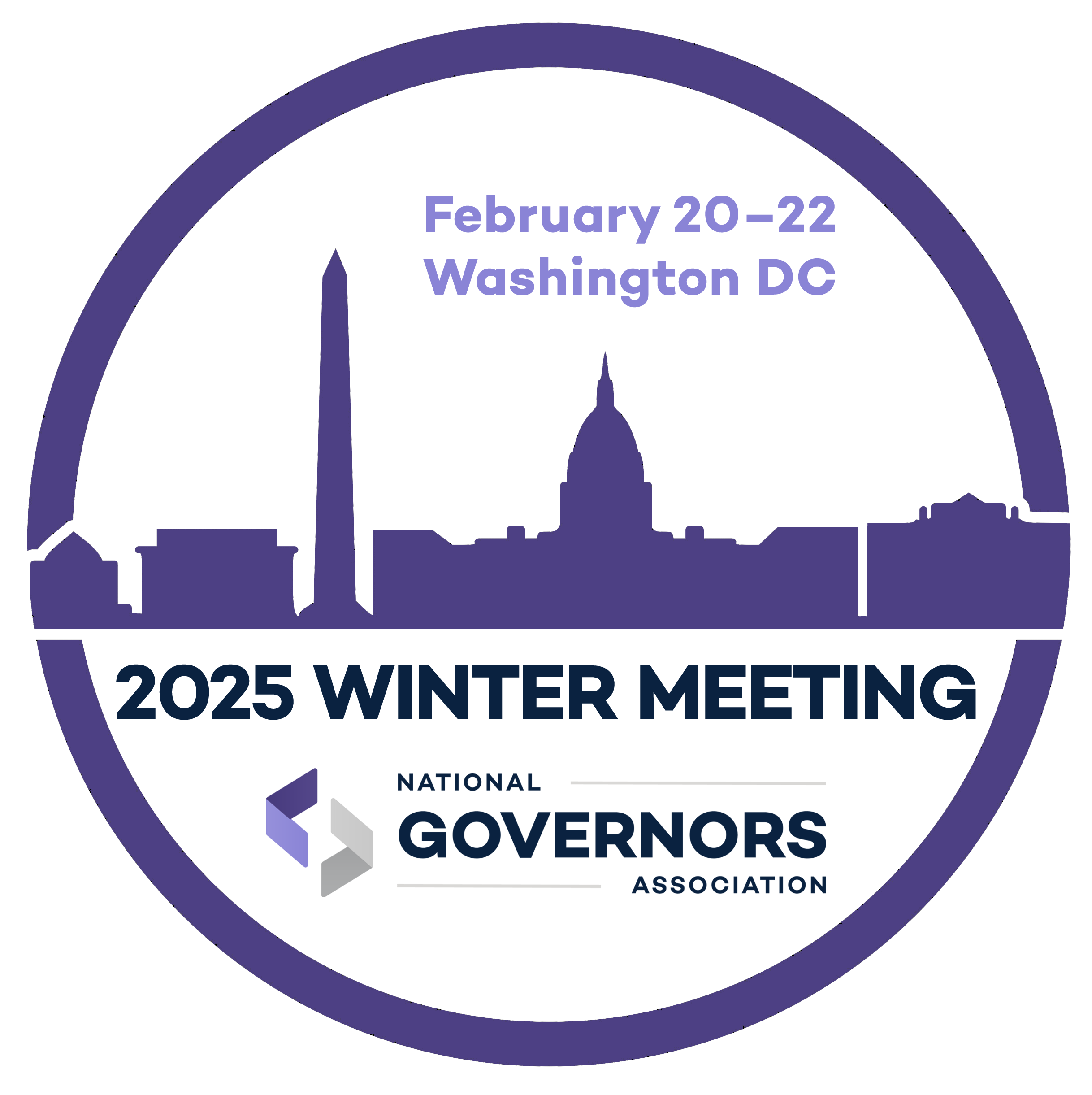Groups Representing Governors and State Legislators Present Guidance on a Three-Branch Approach to Improving Outcomes

The National Governors Association (NGA), National Conference of State Legislatures (NCSL) and Casey Family Programs today unveiled guidance for stakeholders across state government and the nonprofit sector to better serve children and families known to the child welfare system.
The groups are outlining their Three-Branch Toolkit today during a webinar with hundreds of officials from the executive, legislative and judicial branches of state governments across the country.
The first-of-its-kind effort draws from lessons in different states and contains actionable strategies for states interested in making a coordinated, nonpartisan, cross-jurisdictional effort to improve outcomes for children and families.
The toolkit is intended to help states foster collaboration across the three branches of government and develop sustainable relationships to improve policies and practices that affect the lives of vulnerable children.
Each branch plays a role:
- In the executive branch, the governor sets a vision and statewide priorities for agencies that manage child protection and child welfare systems.
The legislative branch develops the policy framework for child protection, appropriates funding for child welfare, and provides oversight.- The judicial branch makes critical child protection decisions, including when children should remain at home or be placed in an alternative setting.
Already, several states have developed cross-branch collaborations after recognizing that no single branch of government can reform child- and family-serving systems on its own.
Maryland, for example, developed a comprehensive state plan for improving the early identification of populations at risk for substance use during pregnancy. The state works to provide appropriate services to decrease the impact of substance exposure on newborns.
“The most important responsibility we have as elected leaders is to protect our citizens, especially the most vulnerable among us,” said Maryland Governor Larry Hogan, the NGA chair. “By working together with governors and state officials across America, we can better serve children and families who need help the most by moving toward a more comprehensive approach to child welfare reform.”
NCSL President and Wisconsin Assembly Speaker Robin Vos said, “Helping to protect our vulnerable children and families is not a partisan issue, it is a concern across both sides of the aisle. State lawmakers are eager to engage in cross-jurisdictional planning on child welfare issues. This three-branch toolkit provides steps lawmakers can take in helping to improve the lives and future of our vulnerable population with real examples and real ideas.”













